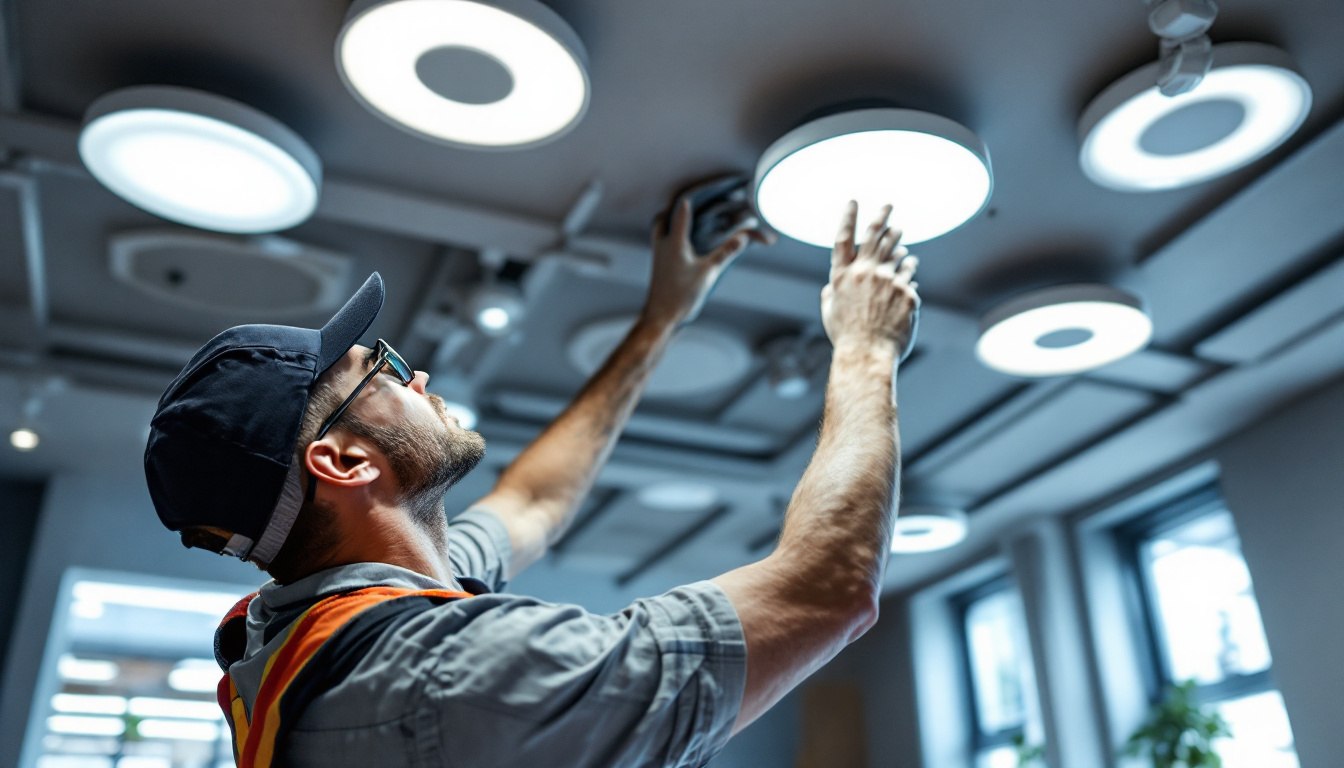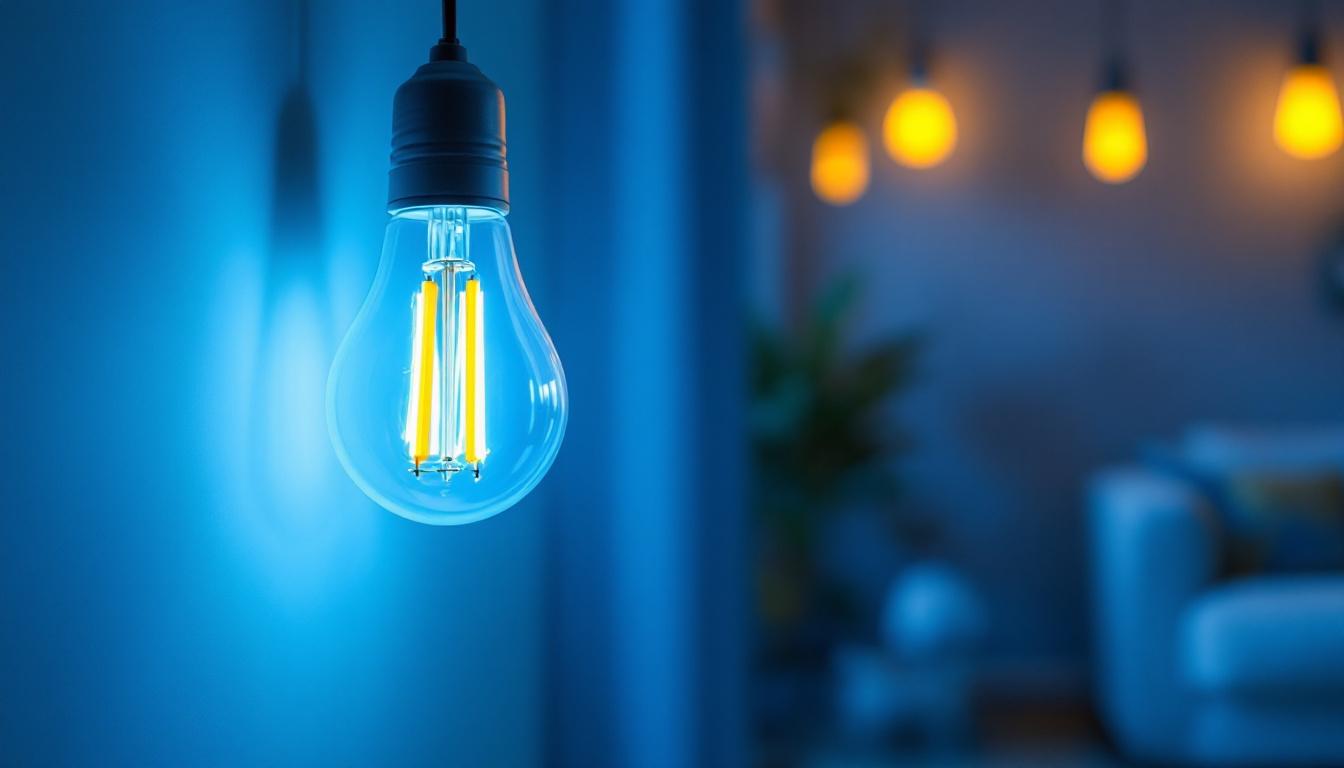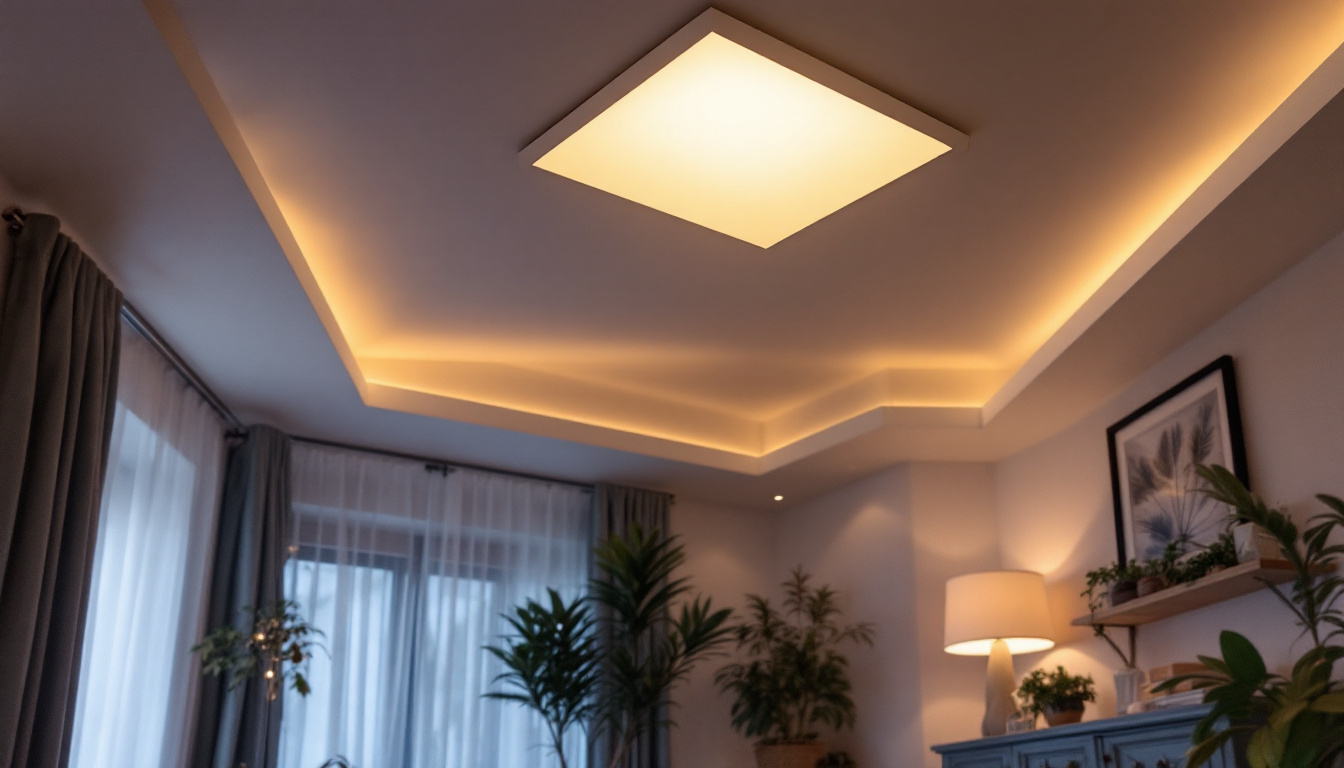
In the rapidly evolving world of lighting design, LED light fixtures have emerged as a game-changer, offering energy efficiency, longevity, and versatility. For lighting contractors, mastering the intricacies of LED ceiling fixtures is essential to meet client expectations and enhance project outcomes. This article delves into expert tips and best practices that can help lighting contractors excel in their projects involving LED ceiling fixtures.
Before diving into installation techniques and design considerations, it’s crucial to understand the technology behind LED lighting. Light Emitting Diodes (LEDs) operate differently from traditional incandescent or fluorescent bulbs, providing unique advantages and challenges.
One of the most significant benefits of LED lighting is its energy efficiency. LEDs consume considerably less power than traditional lighting options, resulting in lower electricity bills for clients. Additionally, they have an extended lifespan, often lasting up to 25,000 hours or more. This longevity reduces the frequency of replacements, making them a cost-effective choice in the long run. Furthermore, the reduced energy consumption translates to a smaller carbon footprint, making LEDs an environmentally friendly option. As sustainability becomes increasingly important to consumers, the demand for energy-efficient lighting solutions continues to rise, positioning LEDs as a leading choice for both residential and commercial applications.
LEDs are available in a range of color temperatures, measured in Kelvin (K). Understanding the differences between warm white (around 2700K), cool white (around 4000K), and daylight (5000K and above) is essential for creating the desired ambiance in a space. Lighting contractors should also consider the Color Rendering Index (CRI), which measures how accurately colors appear under a light source. A higher CRI indicates better color accuracy, which is crucial for applications like art galleries or retail spaces. In addition to these factors, the ability of LEDs to be dimmed offers further flexibility in design, allowing users to adjust lighting levels to suit various activities and moods. This adaptability makes LED lighting not only a practical choice but also a versatile one, enabling designers to craft spaces that can transition seamlessly from bright, energizing environments to soft, relaxing atmospheres.
Selecting the appropriate LED fixtures for a project can significantly impact the overall aesthetic and functionality of a space. Various factors must be considered to ensure the best outcome for clients.
There are several types of LED ceiling fixtures available, each suited to different applications. Recessed lighting is popular for providing a clean, unobtrusive look, while pendant lights can serve as statement pieces in dining areas or kitchens. Surface-mounted fixtures offer versatility and ease of installation, making them ideal for commercial spaces. Understanding the specific needs of a project will guide the selection process. Additionally, track lighting is another excellent option, allowing for flexibility in directing light to highlight artwork or architectural features. This adaptability makes track lighting a favorite among designers who wish to create dynamic and visually engaging environments.
When selecting LED fixtures, it’s essential to consider both wattage and lumens. Unlike traditional bulbs, LED wattage does not directly correlate with brightness. Instead, lumens measure the amount of light produced. A higher lumen output is necessary for spaces requiring bright illumination, such as offices or workshops. Conversely, lower lumens may suffice for ambient lighting in residential settings. It’s also important to note that the color temperature of the light, measured in Kelvin, plays a crucial role in the ambiance of a space. Warmer tones (2700K-3000K) can create a cozy atmosphere, perfect for living rooms, while cooler tones (4000K-5000K) are often preferred in workspaces where alertness and focus are paramount. Balancing these elements can enhance both the functionality and mood of any environment.
The installation of LED ceiling fixtures requires careful planning and execution. Proper installation not only ensures optimal performance but also enhances safety and longevity.
Before installation, it’s vital to assess the existing electrical infrastructure. Ensure that the wiring is up to code and can handle the load of the new fixtures. Using compatible dimmers and switches is also critical, as not all dimmers work well with LED technology. This compatibility can prevent flickering and extend the lifespan of the fixtures. Additionally, consider the use of surge protectors to safeguard the LED fixtures from voltage spikes, which can occur during storms or electrical malfunctions. Implementing these protective measures can significantly enhance the durability of your lighting system and reduce the likelihood of costly replacements.
Strategic placement and spacing of LED fixtures can dramatically affect the quality of light in a room. For general lighting, fixtures should be spaced evenly to avoid dark spots. In contrast, task lighting may require fixtures to be positioned closer together to provide adequate illumination for specific activities. Contractors should also consider the height of ceilings, as this can influence the intensity and spread of light. Furthermore, the color temperature of the LEDs should be taken into account; warmer tones are often more inviting in living spaces, while cooler tones can enhance focus and productivity in work areas. By carefully selecting both the placement and the color temperature, you can create a harmonious environment that meets both aesthetic and functional needs.
Design plays a pivotal role in the successful integration of LED fixtures into a space. Lighting contractors must balance aesthetics with functionality to meet client expectations. The choice of fixtures, their placement, and the overall lighting scheme can dramatically influence the mood and usability of an environment, making it essential for designers to have a comprehensive understanding of both the technical and artistic aspects of lighting.
Effective lighting design often involves creating layers of light to enhance the ambiance of a space. This can be achieved through a combination of ambient, task, and accent lighting. LED fixtures can be used strategically to achieve this layering effect, providing flexibility in how spaces are illuminated. For instance, recessed lights can serve as ambient lighting, while pendant lights can provide focused task lighting over dining tables or kitchen islands. Additionally, wall sconces can add an extra dimension by highlighting architectural features or artwork, creating a more dynamic visual experience. The interplay of different light sources not only improves functionality but also allows for a more personalized atmosphere, catering to the specific needs and preferences of the occupants.
With the rise of smart home technology, integrating LED fixtures with smart systems can add significant value to projects. Features like remote control, scheduling, and dimming capabilities can enhance user experience and energy management. Contractors should familiarize themselves with available smart technologies and how they can be incorporated into LED lighting solutions. Moreover, the integration of voice-activated systems and mobile apps can provide users with seamless control over their lighting environment, allowing them to adjust settings based on their mood or activity. This level of customization not only promotes energy efficiency but also encourages users to interact more with their space, fostering a sense of comfort and convenience. As the demand for smart homes continues to grow, being knowledgeable about these technologies will set contractors apart in a competitive market.
Even though LED fixtures are known for their longevity, maintenance and troubleshooting are still essential aspects of a contractor’s role. Understanding common issues and solutions can save time and resources.
Conducting regular inspections of LED fixtures can help identify potential issues before they escalate. Look for signs of flickering, dimming, or color shifts, which may indicate problems with the fixture or the electrical supply. Regular maintenance ensures that clients enjoy the full benefits of their LED lighting systems.
In the event of a malfunction, knowing how to troubleshoot common problems can be invaluable. For example, if a fixture is flickering, it may be due to incompatible dimmers or loose connections. Addressing these issues promptly can prevent further complications and maintain client satisfaction.
The lighting industry is continually evolving, with new technologies and trends emerging regularly. Staying informed about these changes is crucial for lighting contractors to remain competitive.
Participating in workshops, webinars, and industry conferences can provide valuable insights into the latest advancements in LED technology and design. Many manufacturers offer training programs that cover their products and installation techniques, which can enhance a contractor’s skill set and knowledge base.
Building relationships with other professionals in the lighting industry can lead to collaborative opportunities and shared knowledge. Joining industry associations or online forums can facilitate networking and provide access to resources that can benefit contractors in their work.
Examining successful projects can provide valuable insights and inspiration for lighting contractors. Case studies often highlight innovative solutions and effective strategies that can be replicated in future projects.
In residential settings, the integration of LED fixtures can transform a home’s ambiance. For instance, a recent project involved retrofitting an older home with recessed LED lighting throughout the living spaces. This not only improved energy efficiency but also enhanced the aesthetic appeal of the home, showcasing the versatility of LED technology.
In commercial environments, LED fixtures can significantly impact both functionality and energy savings. A case study involving a retail store demonstrated how strategically placed LED track lighting highlighted merchandise while reducing energy costs. The store reported increased sales due to improved product visibility, illustrating the direct correlation between effective lighting design and business success.
Mastering LED light fixtures for ceiling installations is an essential skill for lighting contractors. By understanding the technology, choosing the right fixtures, adhering to best practices in installation, and staying informed about industry trends, contractors can deliver exceptional results for their clients. The shift towards LED lighting is not just a trend; it represents a fundamental change in how spaces are illuminated. Embracing this change will position lighting contractors for success in an increasingly competitive market.
Ready to elevate your lighting projects with the best LED ceiling fixtures in the market? Look no further than LumenWholesale, where we provide contractors like you with the highest quality, spec-grade lighting products at prices that can’t be beaten. Say goodbye to local distributor markups and hello to our extensive selection that meets rigorous industry standards. With free shipping on bulk orders, you can stock up on reliable, high-performance lighting without any hidden fees. Don’t compromise on quality or cost. Wholesale Lighting at the Best Value is just a click away. Make the smart choice for your business and your clients with LumenWholesale.

Explore how high lumen LED bulbs are revolutionizing energy efficiency in homes and businesses.

Discover expert insights on recessed light square installations with our comprehensive guide.

Discover why lighting contractors should prioritize wall sconce lighting indoors.

Discover how modern pendant lamps are transforming the lighting industry and becoming a cornerstone of success for contractors.